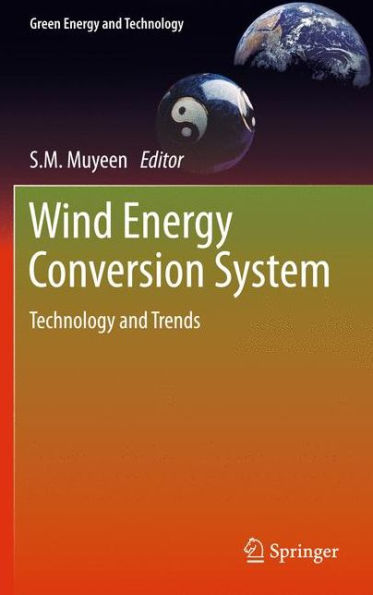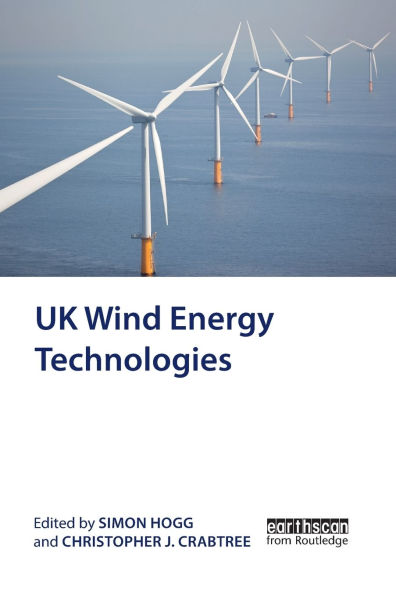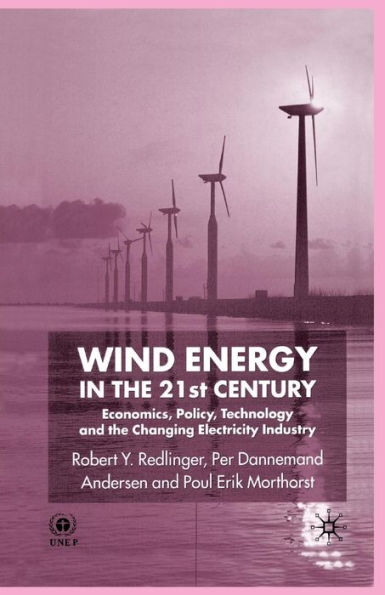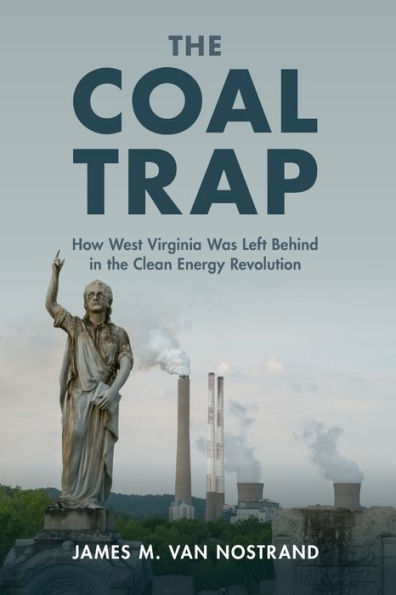Home
Wind Energy Revolution: How the 1970s Crisis Fostered Renewed Interest Electric-Generating Technology
Loading Inventory...
Barnes and Noble
Wind Energy Revolution: How the 1970s Crisis Fostered Renewed Interest Electric-Generating Technology
Current price: $55.00
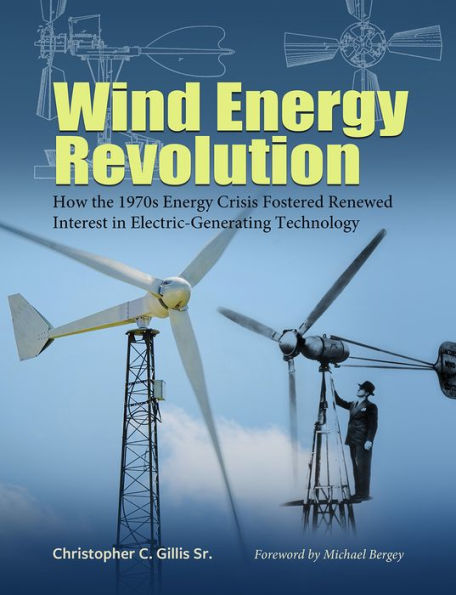

Barnes and Noble
Wind Energy Revolution: How the 1970s Crisis Fostered Renewed Interest Electric-Generating Technology
Current price: $55.00
Loading Inventory...
Size: Hardcover
*Product Information may vary - to confirm product availability, pricing, and additional information please contact Barnes and Noble
It may sound simple. Fashion a set of blades, attach them to a generator, set the machine on top of a tower, and let the wind do the work of creating electricity. Not so. Most of these attempts fail, even with the availability of the latest technologies. In
Wind Energy Revolution
, Christopher C. Gillis Sr. examines the efforts to develop “small” wind generators for use at homes, farms, and ranches following the 1973 Arab Oil Embargo. Wind machines were once featured prominently on farms and homesteads throughout the Midwest of the United States and Canada during the late 1910s through the early 1950s in areas that had no access to overhead electric-power transmission lines. As a result of rural America’s connection to the power grid, many of these pioneer wind-electric machines fell “victim” to electrical power lines. Interest in wind energy resurfaced in the early 1970s when energy shortages were created by the Arab Oil Embargo, the rise of environmentalism, and the move toward self-sufficient, off-the-grid living. Early wind-electric machines were dusted off and restored back into service, while several former manufacturers reemerged, and entrepreneurs developed new designs. Political and societal interest in renewable energies—wind and solar—began to wane in the early 1980s and did not return until the late 1990s. Even so, the developments in the 1970s influenced how Americans subsequently viewed and used renewable power.
is a first-of-its-kind comprehensive history for historians and anyone interested in wind as a viable renewable resource.
Wind Energy Revolution
, Christopher C. Gillis Sr. examines the efforts to develop “small” wind generators for use at homes, farms, and ranches following the 1973 Arab Oil Embargo. Wind machines were once featured prominently on farms and homesteads throughout the Midwest of the United States and Canada during the late 1910s through the early 1950s in areas that had no access to overhead electric-power transmission lines. As a result of rural America’s connection to the power grid, many of these pioneer wind-electric machines fell “victim” to electrical power lines. Interest in wind energy resurfaced in the early 1970s when energy shortages were created by the Arab Oil Embargo, the rise of environmentalism, and the move toward self-sufficient, off-the-grid living. Early wind-electric machines were dusted off and restored back into service, while several former manufacturers reemerged, and entrepreneurs developed new designs. Political and societal interest in renewable energies—wind and solar—began to wane in the early 1980s and did not return until the late 1990s. Even so, the developments in the 1970s influenced how Americans subsequently viewed and used renewable power.
is a first-of-its-kind comprehensive history for historians and anyone interested in wind as a viable renewable resource.
